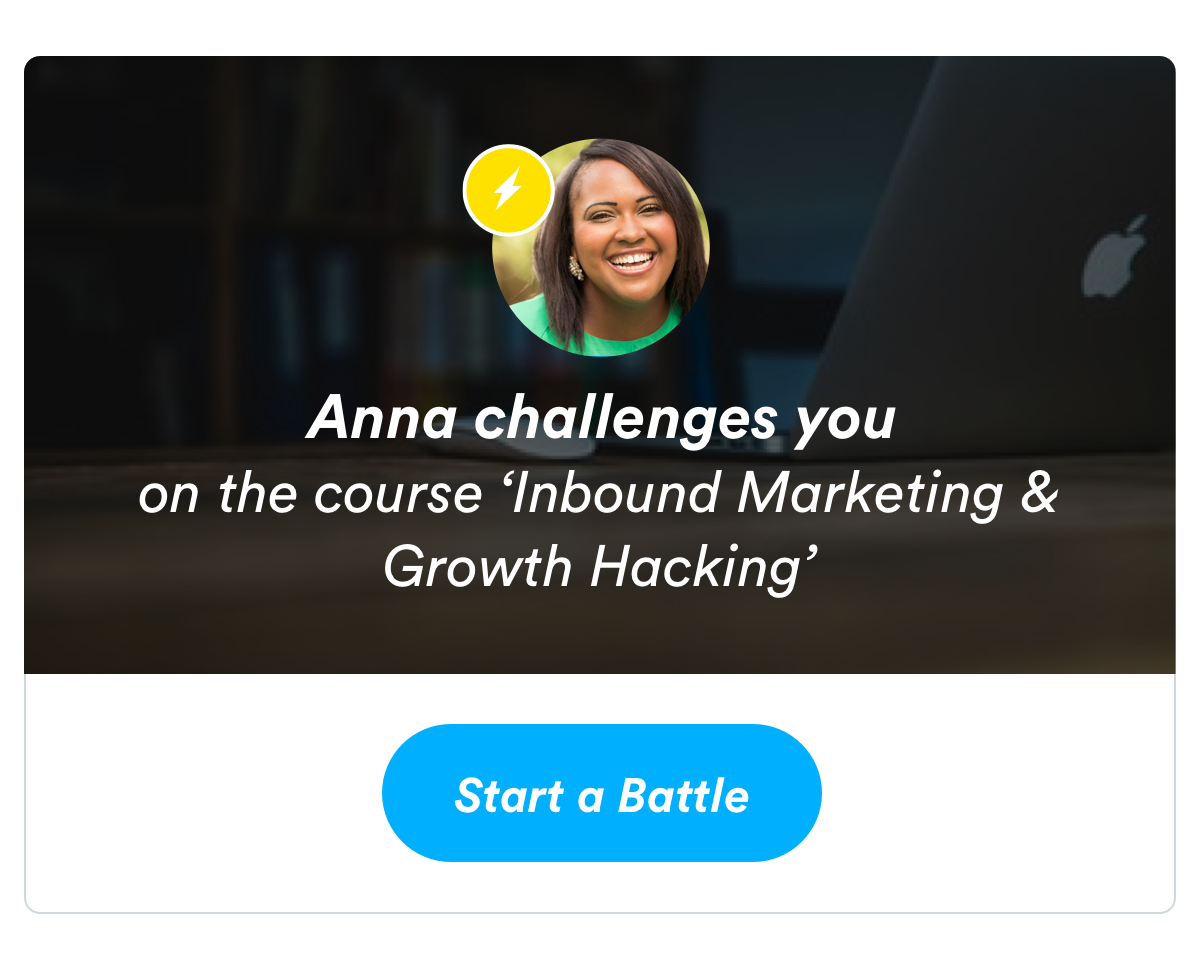A study by Bersin by Deloitte paints the portrait of corporate learners today. Overworked: two thirds of them said they don’t have enough time to do their job. Impatient, too: they won’t spend more than 4 minutes on a video and have an attention span of 5 to 10 seconds on a website. Lastly, learners today are distracted, unlocking their smartphone up to 9 times an hour and logging online 27 times a day on average. The study also shows that employees are likely to be often interrupted by outside elements, such as virtual or real interactions, or even by themselves, while they are focused on a task. Sometimes, every 5 minutes. A short period of time.
Those 5 minutes are not a lot of time to complete a task, let alone receive training. And it is often difficult to devote entire days to training sessions. At the same time, a growing need can be observed among employees to take control of their training journey and develop skills progressively, on the topics they want and whenever they want. And Human Resources managers are becoming aware of this.
Coorpacademy, as a new player in the online training market, is trying to solve this equation through shorter training modules and sessions of “microlearning” and even “nanolearning”. The idea is simple: it’s a relevant answer to the chronic lack of time from the traditional corporate training model.
The content is divided into several shorter, more accessible sessions, with the creation of opportunities and contexts as a background. A session of microlearning should be seen as an opportunity to create special and useful “moments” for learning, particularly on mobile, while waiting for a meeting to start or a plane to take off. It’s during these moments that employees will want to integrate a few useful notions.
We launched “5 minute learning”: short content, editorialized and contextualized according to what’s going on and what our customers need, and delivered on mobile, which allows the creation of these short learning “moments”. All of this is supported by an engaging user experience.
Several studies have shown the efficiency of microlearning. An article in the International Journal of Educational Research Review states that a group following a “traditional” training program is less efficient than a group with the same content in a microlearning format (64% vs. 82%), and that microlearning can increase an individual’s learning capacities by 18% compared to traditional methods.
In order to create moments that are favorable for learning and thus transform the training process and make it a truly effective tool for the transformation of companies, a change in our ways of thinking is fundamental.
Heads of human resources and training, you should look at the training experience as a whole before you start scheduling training programs: every coworker must be able to manage their own learning time and pace.
Managers, you have a fundamental role to play: to accompany the training of your teams. Allow and encourage new ways of learning!
Finally, employees, don’t forget that for every moment spent in training, even if it’s only for a few minutes, you are developing your skills and knowledge, and therefore your current and future employability.



